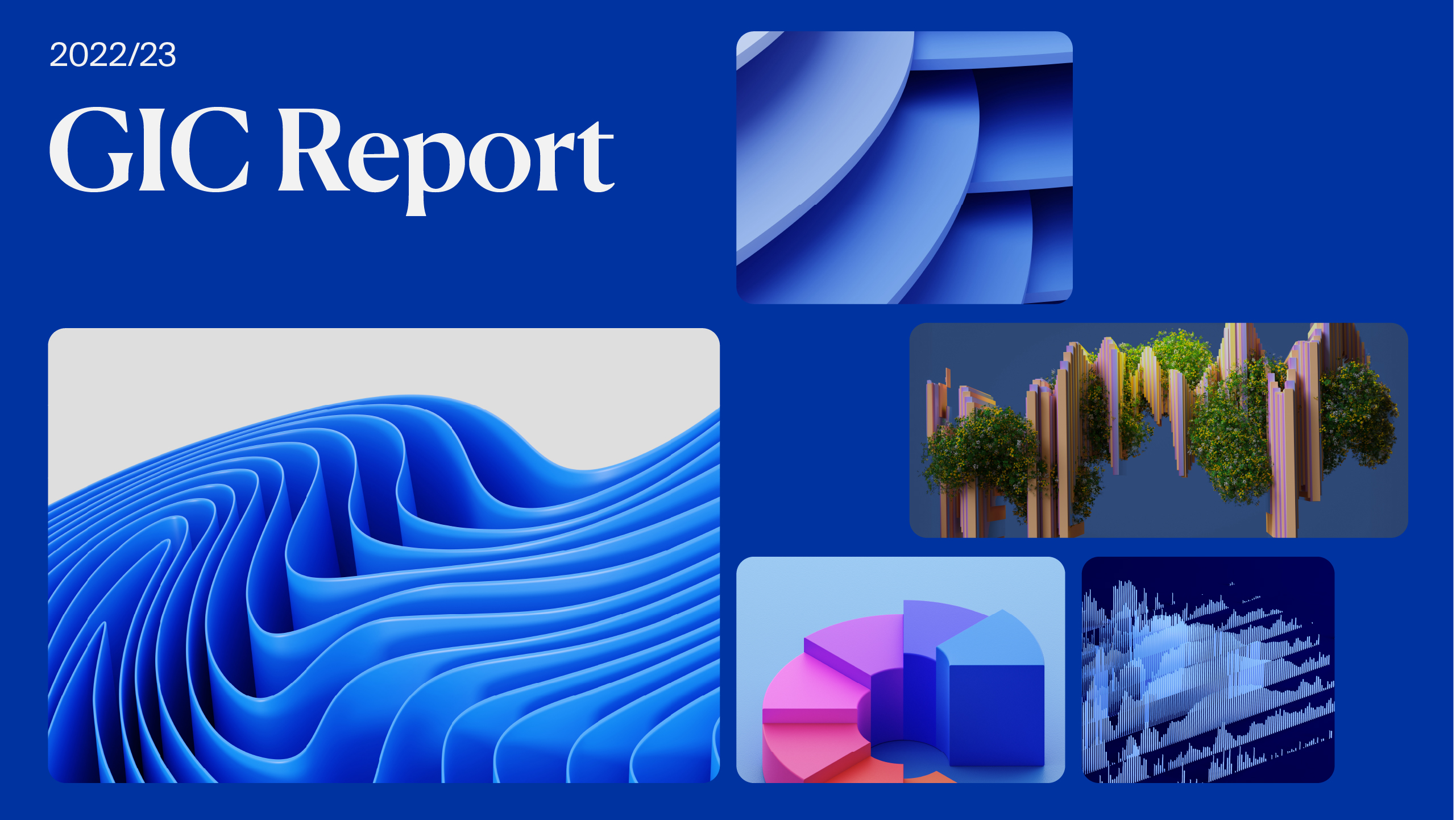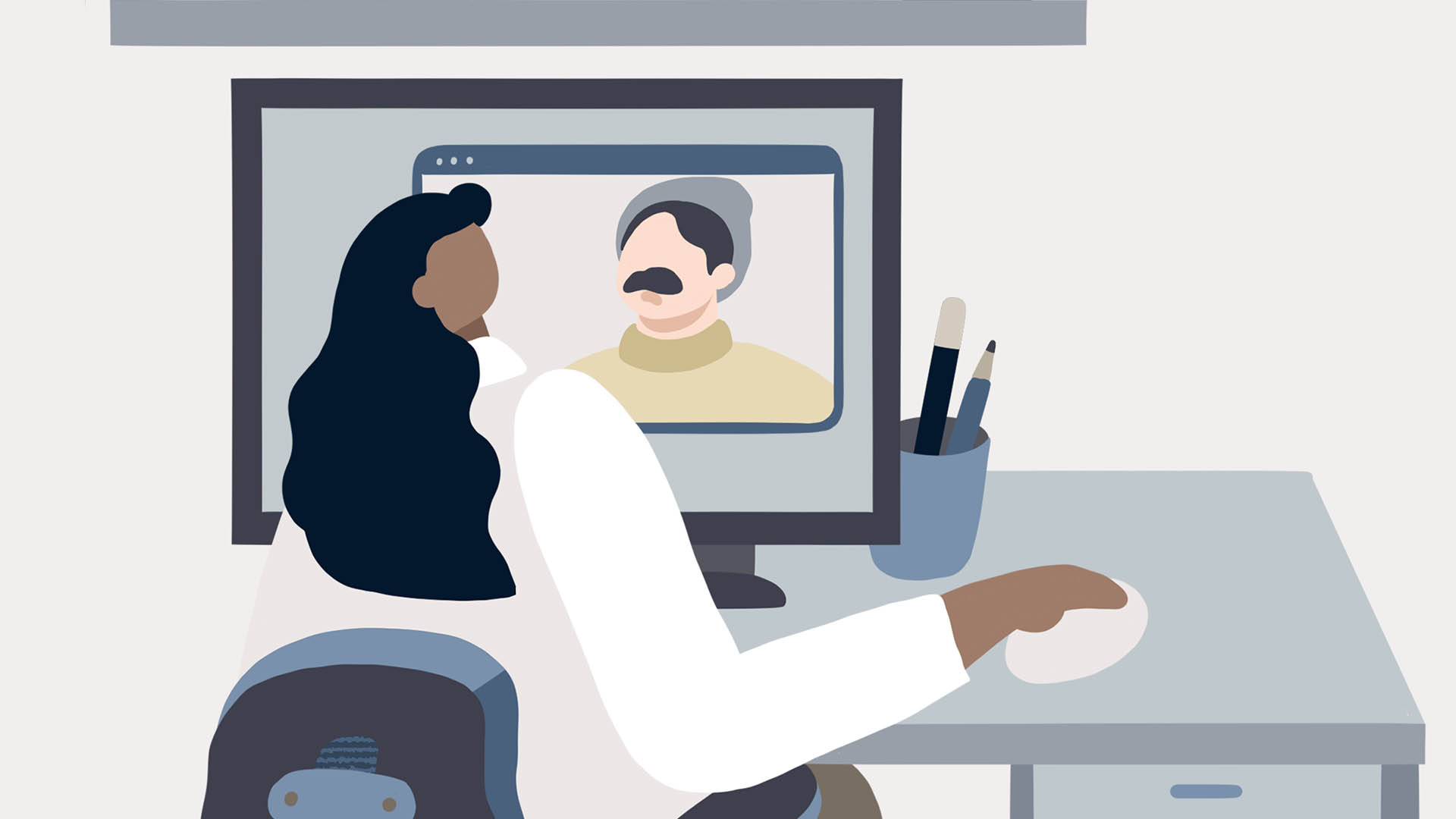This article presents takeaways from a session at GIC Insights LIVE 2020, where panellists Todd Park, Co-Founder & Executive Chairman of Devoted Health, David Simmons, Chairman & CEO of PPD and John Cai, Vice Chairman & Group President of WeDoctor, explored how innovative efforts are shaping global healthcare for the future. For more insights from our speakers, click here.
GIC Insights is our annual flagship event that gathers a select group of prominent business leaders to deliberate over long-term issues pertinent to the international business and investment community.
The pandemic is putting our healthcare system to the test. The healthcare industry, historically slow to embrace technology, is rising to the challenge and experiencing accelerating change, as COVID-19 continues to catalyse innovation in care delivery, clinical therapy and vaccine discovery.
Enhancing the clinical trial process
In clinical trials, the use of technology to identify and monitor patients is lowering the cost and time to deliver therapies to market. Technology applications also streamline the pre-screening and monitoring process for patients. This is safer as it reduces patient exposure to healthcare facilities, and also alleviates the time burden on patients for participating in a clinical trial.
The cost trade-offs are harder to quantify when it comes to monitoring and validating the data collected in the course of a clinical trial, since some medical procedures and tests can only be carried out by trained staff. Sending nurse practitioners to patients’ homes, for example, involves higher costs than if the data were collected centrally. Moreover, complex procedures such as tissue biopsy require specialised equipment available only in clinics and hospitals. There are also additional costs involved in extending the supply chain to send equipment and medicine to the homes of patients.
Technology enables interactions between sites and study sponsors to be completed remotely. At the peak of the COVID-19 pandemic in late April and early May 2020, nearly 90% of clinical trial site monitoring was carried out remotely as many physical sites were shut. This high penetration of remote monitoring is unlikely to persist, but may settle at the levels of 60% onsite and 40% remote, consistent with a 3 to 5+ year pre-pandemic outlook. The pandemic has driven customers to embrace new forms of technology applied to the clinical trial process, providing an opportunity to test these new technologies and process changes in a forceful way.
Telemedicine in the US
The take-up of virtual consultations has increased due to the pandemic. For seniors in the US above the age of 65 and on Medicare, the number of telemedicine visits rose by a factor of 100 in mid-April 2020, compared to prior to the COVID-19 outbreak. Many of these telemedicine visits will return to in-person visits after the crisis passes; however, a significant portion of these visits will persist as patients, providers, payers and regulators all increase adoption and familiarity with the practice. The US has already begun to update the regulatory and payments framework for innovations like telemedicine, which helped to catalyse its increased use during the pandemic.
Telemedicine often involves sending equipment such as pulse oximeters, blood pressure cuffs and wireless scales to homes so that patients can be monitored in between visits to the clinic or hospital. A large proportion of the kind of care needed, particularly for chronic illnesses, can be done virtually. As such, the significant shift in that direction is set to continue, where telemedicine will be an integrated extension of the relationship patients have with their existing providers.
China’s experience with telemedicine
China is also experiencing robust telemedicine adoption. During COVID-19, 50,000 doctors in China were deployed to Wuhan to assist in the city’s fight against the virus, while another 50,000 doctors provided advice and consultation through online hospitals, which could hand out prescriptions and deliver drugs to patients’ homes.
The company that provided the platform for most of the online doctors in Wuhan during this period said it now has the technological capacity to support millions of patient visits in a day. It is also building an online platform for Chinese hospitals so that they can share information in a more secured way, centralise procurement and improve the quality of service to patients.
The massive acceleration in the adoption of telemedicine has been aided by a change in the attitudes of authorities, who now regard virtual healthcare as a “must have” rather than a “nice to have”. For example, online consultations are now covered by the medical insurance system in China.
Patient trust in telemedicine has also improved as a great number of experienced specialists and doctors — including several prominent names — have started to integrate telemedicine with their offline practices, adding to the credibility of the platform.
Paying for value
Another key emerging trend in the US is the deployment of new technologies to shift the healthcare system to pay-for-value, with a focus on outcomes, versus pay-for-volume, which incentivises escalating volumes and cost.
With the improvements in technology, it is now possible to gather data from multiple points so that outcomes and value can be measured more accurately. The integrated information helps healthcare providers better understand their patients, in order to deliver the right care, in the right place, at the right time.
Recruiting talent
Looking ahead, the healthcare sector can continue recruiting the talent needed to support the increased adoption of technology, despite the strong competition for talent across other industries. One key driver is the mission to directly save and improve lives at scale, which is a powerful pitch to attract the best talent.
The future of tech-enabled healthcare
Technology adoption in healthcare is expected to continue to grow. The industry is also moving beyond online consultations and delivery of drugs, to providing broader integrated care solutions that leverage technology for a better patient experience and outcome, alongside lower costs. Examples include following up on patients with chronic illnesses, and providing preventive care.
The biotechnology industry is also making leaps and bounds in innovation, especially over the past 10 years. Technology continues to be applied to new approaches to discover and develop medicines faster, and stimulate increased investment in new clinical development technologies. This includes gene and cell therapy applications to develop more precise therapies and vaccines — including many of the companies rushing to develop a vaccine for COVID-19.






